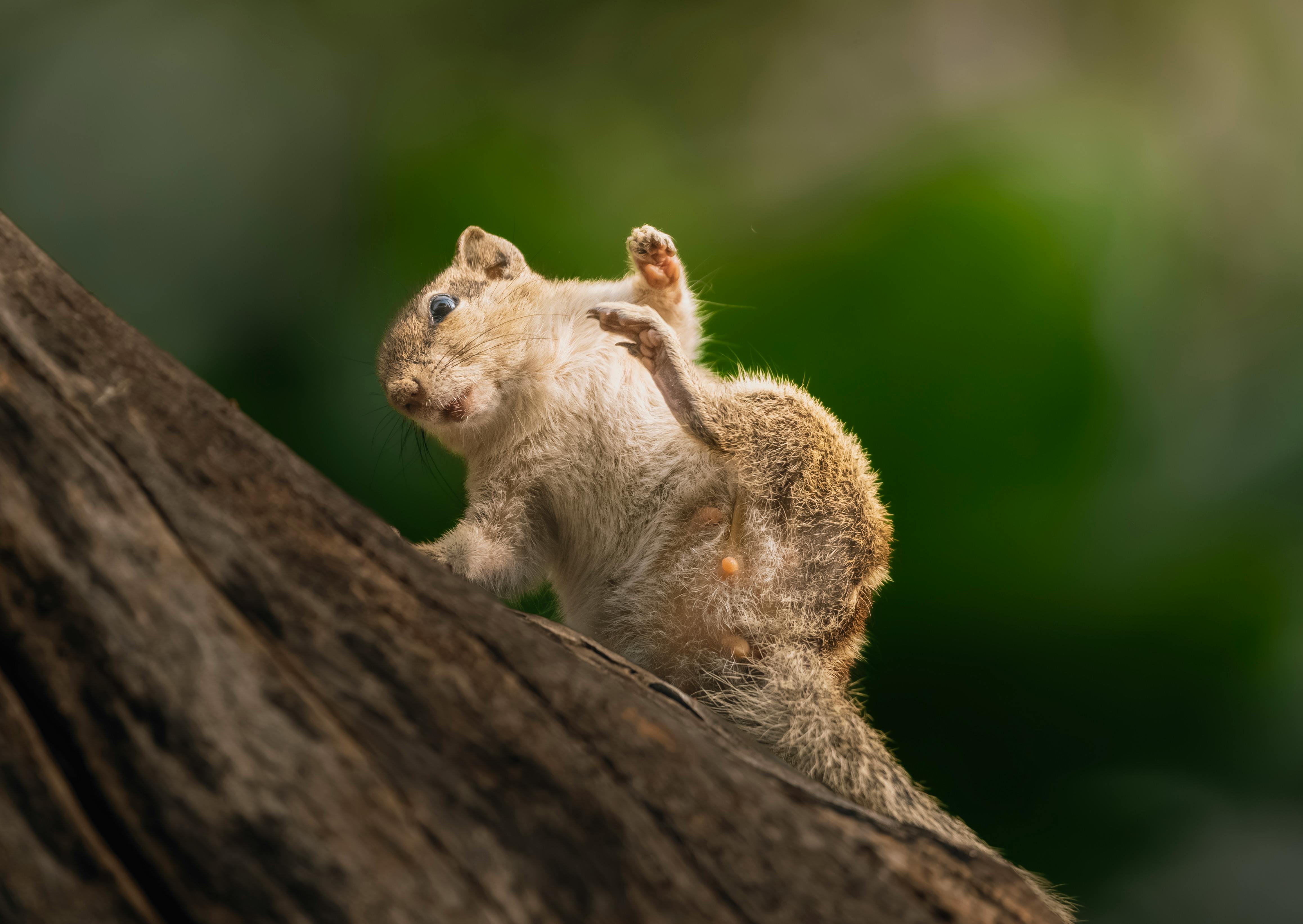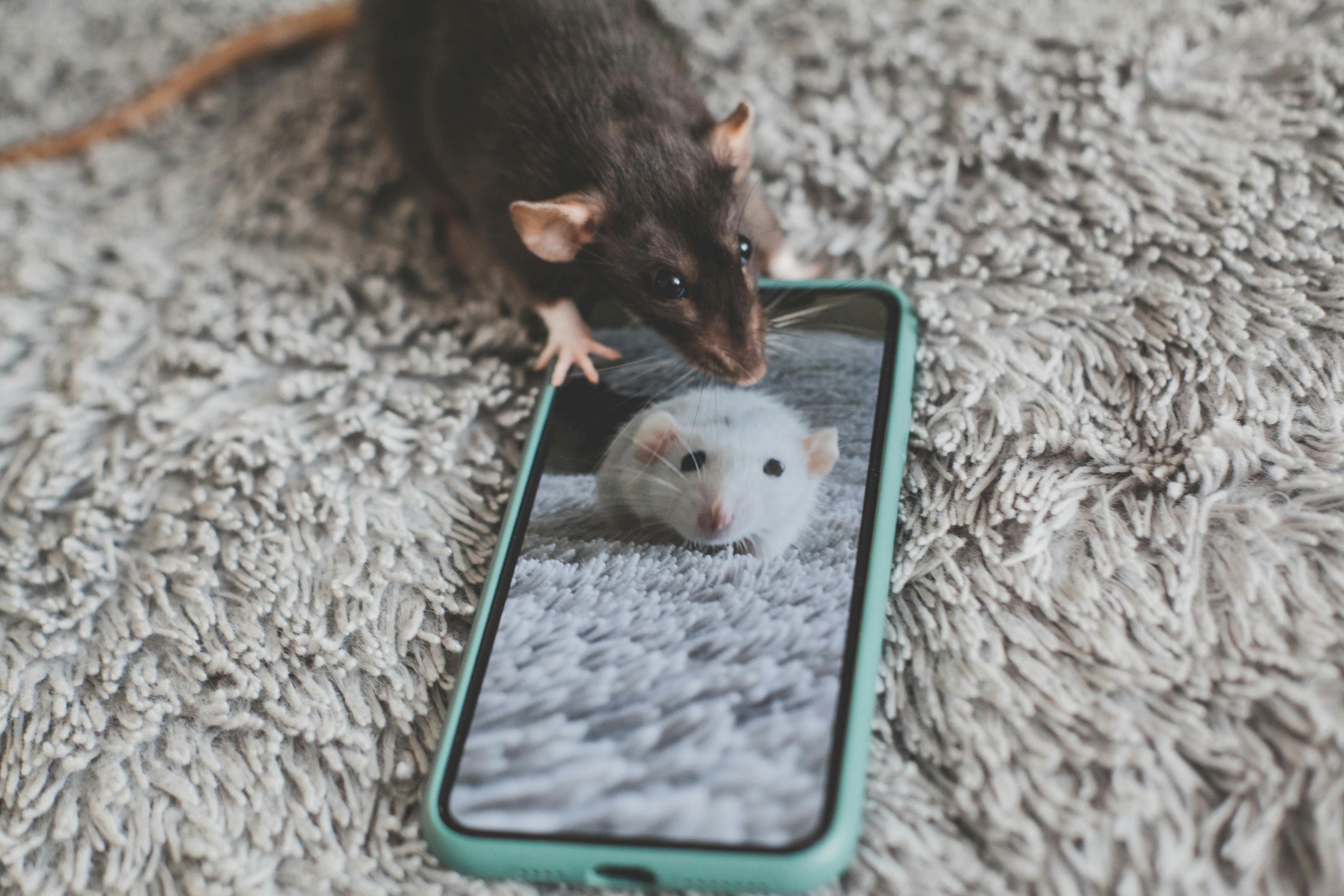
Effective Ways to Care for Baby Puffer Fish in 2025
Baby puffer fish are unique and fascinating pets that require specialized care to thrive in captivity. As one of the more complex species to keep, understanding their specific needs can make a significant difference in their health and happiness. In 2025, the care techniques for these aquatic creatures have evolved, incorporating better understanding and advancements in aquarium technology, making it essential for new pet owners to adapt to these practices.
This guide will delve into the various aspects of puffer fish care, focusing on baby puffer fish and their specific requirements, including habitat setup, diet, health, and companionship. We will also explore common behavior patterns and tips for breeding and maintaining these charming fish, ensuring they live a fulfilling life in your home aquarium.
By following these effective methods, you can ensure that your baby puffer fish not only thrive but also exhibit their natural behaviors in a safe and nurturing environment. Let’s dive into the essential aspects of puffer fish care, providing a roadmap to becoming a successful puffer fish owner.
Creating the Perfect Puffer Fish Habitat
Building a suitable habitat is crucial for the health and wellbeing of your baby puffer fish. A carefully designed environment mimics their natural habitat, which is vital for their development and behavior. Freshwater puffer fish typically thrive in a well-structured aquarium that accommodates their unique needs.
Understanding Puffer Fish Habitat Requirements
Puffer fish require ample space to swim and play, with varying water parameters that differ across species. For painting a proper habitat, focus on:
- Aquarium Size: Ideal tank size varies by puffer fish species. Generally, a minimum of 20 gallons is recommended for baby puffer fish to prevent stress and aggression.
- Water Parameters: Freshwater puffer fish thrive in temperatures between 72°F and 78°F, with a pH level of 7.0-8.0 and a hardness of around 10-20 dGH. Regular monitoring of these parameters is crucial.
Aquarium Setup for Puffer Fish
Establishing a comfortable aquarium environment involves considering aspects that promote both their safety and happiness:
- Substrate: A fine sand substrate is ideal as it allows baby puffer fish to forage naturally and reduces the risk of injury.
- Plants and Decorations: Incorporate live plants and ornaments that provide hiding spots. Mosses and floating plants are popular choices, promoting an enriching environment.
Essential Water Quality Control for Puffer Fish
Maintaining water quality is crucial to prevent disease and stress among baby puffer fish. This includes:
- Filtration: A high-quality filter is essential to maintain clean water and proper oxygenation, as puffer fish are sensitive to water quality.
- Regular Water Changes: Aim for 10-20% water changes weekly to manage nitrate levels and keep the environment fresh.
With these guidelines established, you’re now ready to create a safe and stimulating home for your baby puffer fish. Attention to habitat will greatly enhance their quality of life and set the stage for their exciting behaviors.
Feeding and Nutrition for Baby Puffer Fish
Proper nutrition is fundamental in ensuring the health and growth of your baby puffer fish. Their dietary needs are diverse, primarily based on their species and habitat.
Understanding Baby Puffer Fish Dietary Needs
Baby puffer fish are omnivorous, requiring a balanced diet consisting of plant and protein sources:
- Types of Food: Aside from specialized puffer fish food, incorporate live or frozen foods like brine shrimp, daphnia, and snails to keep their diet varied.
- Feeding Frequency: Young puffer fish should be fed 2-3 times a day, with an amount they can consume within 5 minutes to prevent overfeeding.
Choosing the Right Puffer Fish Food
Selecting the right food is vital for their growth and health. Consider:
- Specialized Formulas: Use high-quality pellets designed for puffer fish to ensure they receive the necessary nutrients.
- Vegetable Matter: Including spirulina flakes or blanched vegetables like zucchini can promote digestive health.
Signs of Healthy Puffer Fish
Monitoring the health of your baby puffer fish involves recognizing signs of wellness:
- Color Vibrancy: A bright and vibrant coloration indicates good health.
- Active Behavior: Observe their swimming patterns; energy and curiosity are good indicators of well-being.
With an understanding of their dietary needs, you can foster healthy growth and ensure a happy life for your baby puffer fish. Proper feeding routines are crucial for their development and lifespan.
Understanding Puffer Fish Behavior
Baby puffer fish exhibit a range of interesting behaviors that can provide insight into their health and well-being. Understanding these behaviors is key to effective care and building a relationship with your aquatic pets.
Puffer Fish Behavior Patterns
Each puffer fish species can exhibit unique behavior, influenced by their environment and social interactions:
- Social Behavior: While some puffer fish are solitary, others can coexist with specific tank mates. Recognizing their personality will help in choosing suitable companions.
- Curiosity: Puffer fish are known for their inquisitive nature. This might manifest as investigation of new decorations or the presence of their owner.
Identifying Stress Signals in Puffer Fish
Understanding stress signals is crucial for ensuring your puffer fish are comfortable:
- Hiding Excessively: A sudden desire to hide indicates stress. Check water quality and other factors to improve their condition.
- Changes in Appetite: Loss of appetite can signal health issues that need immediate attention.
Puffer Fish Social Dynamics
When determining tank mates, consider the social dynamics of puffer fish:
- Compatibility: Some species of puffer fish can be territorial or aggressive, so always refer to a compatibility chart before introducing new tank mates.
- Interactions: Observing how your puffer fish interact with other fish can provide insights into potential stress or compatibility issues.
By closely observing and understanding your baby puffer fish's behavior, you can create a supportive environment. This also allows for better interaction and ensures they are thriving within their habitat.
Baby Puffer Fish Growth and Care Tips
Monitoring the growth of your baby puffer fish is essential to ensure they are developing properly. Their growth rates can vary based on species and environmental conditions.
Baby Puffer Fish Growth Rate
Understanding the growth rate allows you to adjust care accordingly:
- Expected Growth Patterns: Many baby puffer fish can grow rapidly in their first few months, so regular monitoring is essential.
- Signs of Healthy Growth: Growth spurts accompanied by increased activity and feeding are indicators of a thriving fish.
Monitoring Puffer Fish Size
Regularly measuring your puffer fish can give you an accurate picture of their health:
- Size Check: Keeping track of size at different stages will help recognize any potential health issues early.
- Appropriate Tank Size: Ensure your tank size increases accordingly to accommodate their growth for a comfortable living space.
Care Tips for Baby Puffer Fish
Various strategies can enhance care for your growing puffer fish:
- Regular Water Testing: Testing and adjusting parameters will support their optimal growth conditions.
- Minimizing Stress: Limit abrupt changes in their environment to maintain consistent growth patterns.
Following these growth and care tips will ensure that your baby puffer fish thrive as they develop, cultivating a prosperous aquarium environment.
Puffer Fish Health Management
Health management in puffer fish encompasses preventive measures, handling practices, and observing any signs of illness. These steps are essential in ensuring a long and fulfilling life for your aquatic companions.
Common Puffer Fish Diseases and Treatments
Awareness of potential health issues can prevent severe consequences:
- Common Diseases: Watch for signs of ich, fin rot, or swim bladder issues, as these are prevalent conditions in puffer fish.
- Treatment Options: Familiarize yourself with treatments specific to puffer fish, including medications and changes in care routines during recovery.
Signs of Stress in Puffer Fish
Recognizing stress signals can help prevent illness:
- Abnormal Swimming Patterns: Rapid or erratic swimming might indicate stress levels that need addressing.
- Color Changes: Dull colors can signify health problems or stress that require immediate action.
Creating a Stress-Free Environment
Creating an enriching and stable habitat can reduce stress significantly:
- Environmental Enrichment: Adding decorations that provide hiding spots can make your puffer fish feel more secure, reducing overall stress.
- Maintaining Consistent Conditions: Ensure stable water parameters to avoid stressing your puffer fish.
Being vigilant and proactive about puffer fish health management means your aquatic friends will experience a long and healthy life. Understanding diseases and handling stress can lead to a fulfilling aquatic life with your baby puffer fish.
Breeding Puffer Fish in Captivity
Breeding puffer fish can be a rewarding endeavor but requires careful consideration and preparation. Understanding the specifics of their breeding habits is key to success.
Puffer Fish Breeding Conditions
Creating a conducive breeding environment is essential:
- Ideal Tank Setup: A separate breeding tank with appropriate filtration and hiding spots can greatly improve the chances of successful breeding.
- Water Conditions: Adjusting water parameters to suitable levels will promote breeding behaviors.
Puffer Fish Breeding Behavior
Understanding their mating rituals can help in breeding:
- Spawning Rituals: Observing behaviors that signal readiness to breed can be crucial for timing.
- Parental Care: Some species show parental behavior that can impact fry survival. Understanding these dynamics will help in managing their care.
Tips for Raising Fry
Once breeding has succeeded, care for baby puffer fish fry involves different considerations:
- Feeding Fry: Providing appropriate food for fry is crucial, starting with infusoria or finely crushed food.
- Monitoring Growth: Regularly check the growth and well-being of fry to ensure they reach the juvenile stage healthily.
Successfully breeding puffer fish enhances your experience as an aquarist, while increasing the population of these captivating fish in your aquarium.
Frequently Asked Questions About Baby Puffer Fish Care
What are the best tank conditions for baby puffer fish?
Baby puffer fish thrive in a tank size of at least 20 gallons, with stable water parameters including a temperature of 72-78°F, a pH of 7.0-8.0, and low nitrate levels. Regular water changes are crucial to maintaining good health.
What should I feed my baby puffer fish?
Baby puffer fish should be fed a varied diet that includes high-quality pellets, live or frozen foods such as brine shrimp, and occasional plant material to ensure they receive balanced nutrition.
How do I know if my baby puffer fish is healthy?
Healthy puffer fish exhibit bright colors, active behaviors, and consistent feeding habits. Any change in these indicators could suggest stress or illness, requiring immediate attention.
By following these guidelines and understanding the specific needs of baby puffer fish, you can create an enriching environment, ensuring they thrive as beloved pets in your aquarium.
 example.com/image2.png
example.com/image2.png
 example.com/image3.png
example.com/image3.png